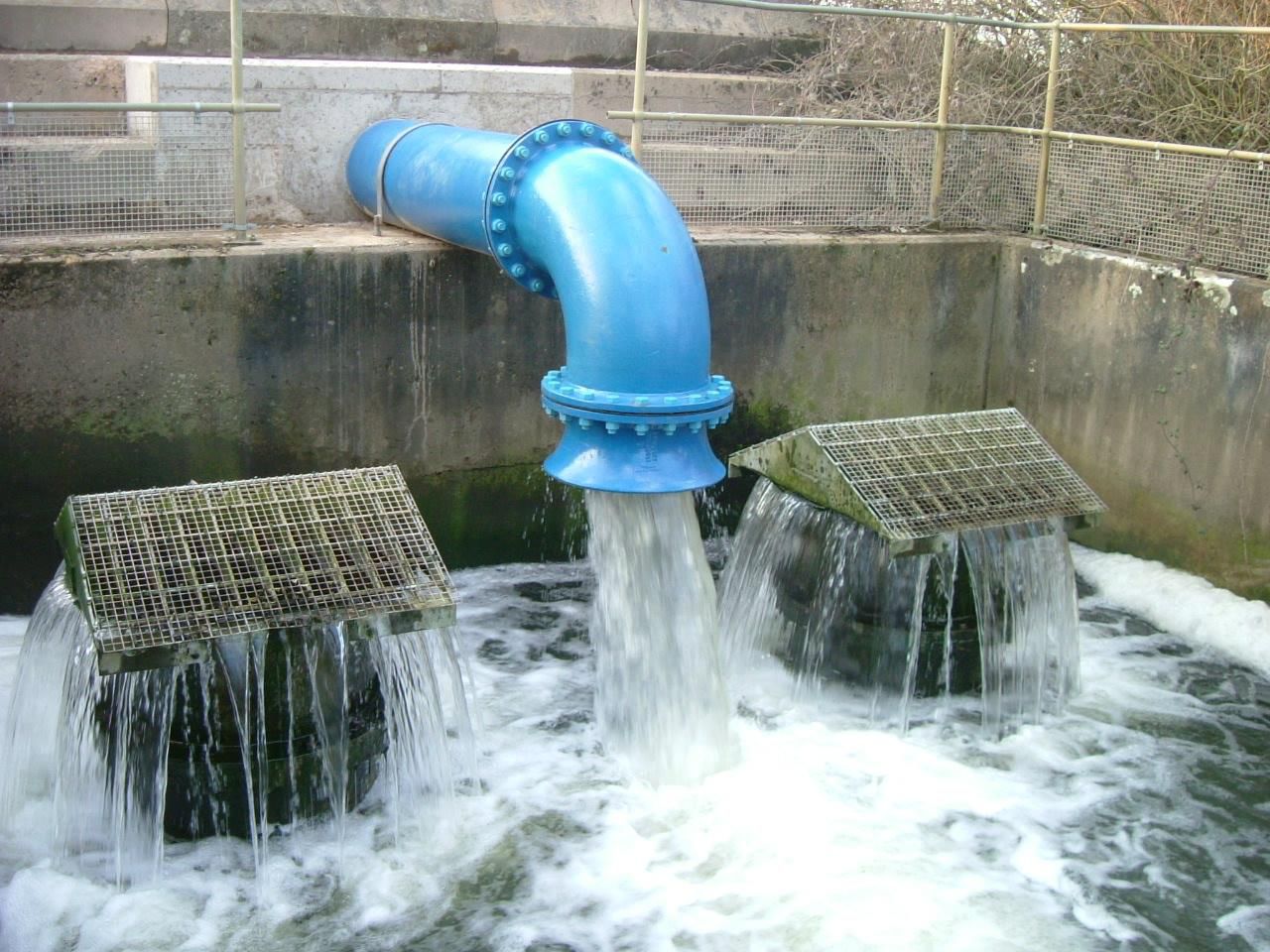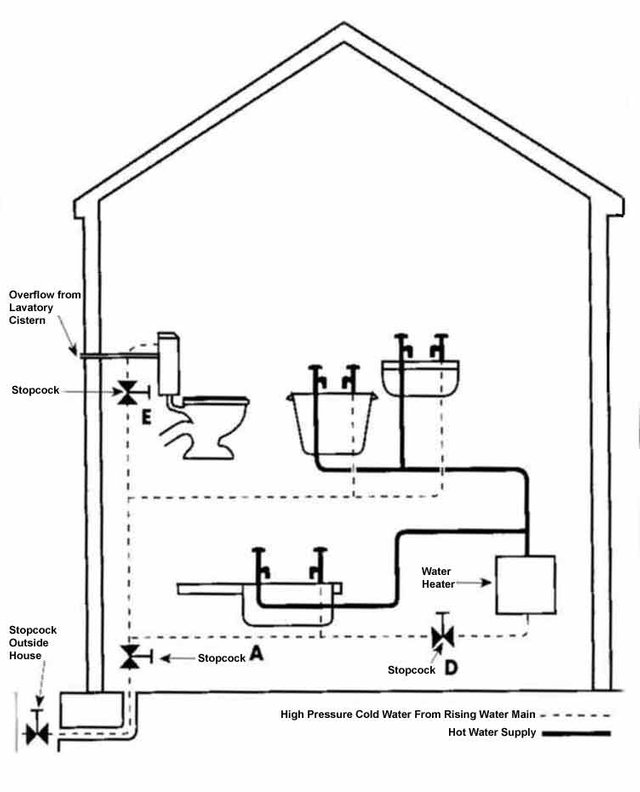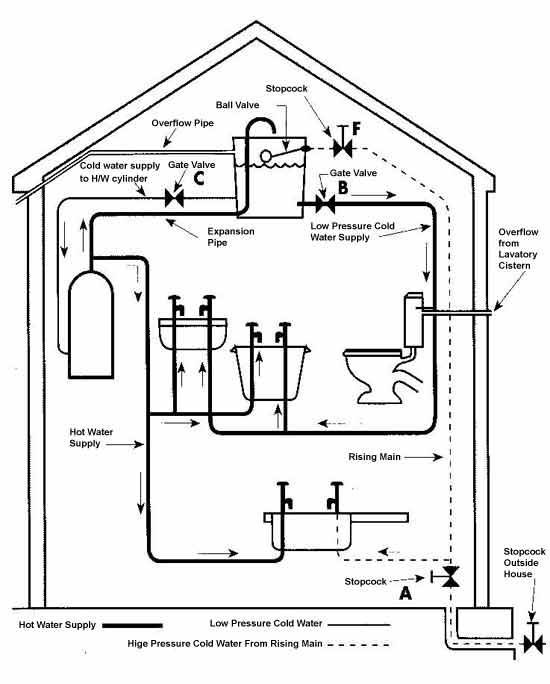
WATER SUPPLY
Do u know that water is life and without water we may not survive?
Water supply can be defined as the provision of water for public and private uses through the water corporation or by private and personal means.
Water is said to be produced from condensation in form of clouds which drops on the ground as rain, hail and snow. It is then becomes either surface water in form of a river, lake and stream or water underneath that forms as well , borehole and springs .
Some purification of this water however is necessary to remove organic and inorganic matter and to reduce the water hardness. The water corporations are the ones who carry out these operations by a system of sedimentation, filtration, aeration, chlorination, fluoridation and screening to prevent the water and make it good for human use and consumption before allowing it into the main supply.
The water supply mains are made by the water corporation who drills and tap the mains by laying communication pipes. The pipe which is often 13cm is laid up to the boundary of the site, finishing with a stop valve in a suitable box tighten with a hinged cast iron corner. Then the supply pipe in turn is laid from the stop valve into the building.
Under water supply we have two types of water system which are
Cold water supply system
Hot water supply system
Cold water supply system
This water supply system happens to begin at the city water mains supply or private sources like stream, river, well and lake. The pipe enters the house is known as the building mains. The water mains extended to other parts of the house to provide water to the fixture. Since the system works under pressure, pipes may follow any path which is practical from the point of view. The cold water system branch line which are mostly smaller than the mains are been run from the mains to each of the fixtures in the building. If a pipe line is to supply more than one or two fixture, the pipe’s diameter must be extended to provide sufficient amount of water.
Materials that are well suitable for the pipes used in the system are lead, plastic, copper, galvanized steel. The cold water supply system has two dimensional types of distribution which are direct and indirect systems.
Direct system
All the cold water drawn off points is gotten directly from the rising service pipe with the cistern when provided serving the main and sole purpose of a feed cistern in this system. The system provides portable water at all the outlets which reduces the storage problem and size of pipes. The main disadvantages include lack of reserve when the mains supplies are cut off for repairs and this causes low pressure of water during peak demand periods.

Indirect system
In the indirect system, the rising service pipe normally serves as only one drawn off points at the kitchen sink, from where fresh water can be obtained for drinking purposes. All other cold water are drawn off points and then supplied indirectly from a cistern usually positioned at a high level in the roof space. The cistern may also serve as a dual purpose feeding a hot water and supplying cold water for other purposes. The system requires more pipework which gives a reserve supply in case of mains failure.

Hot water supply system
The supply of hot water for domestic purposes is usually taken from hot water tank which are provided with individual buildings. The sources of heating is usually from an independent boiler using solid gas or oil fire, while other alternatives include the back boiler to an open fire and electric water heater fixed into the hot water tank. Any quantity of hot water drawn from the storage tank is immediately replaced by cold water from the cold water storage cistern.
The basic requirement of hot water supply includes the provision of sufficient hot water to suit and meet demand of the users. The ease of installation and maintenance and running cost that is relatively economical. The two main systems of hot water supply system are direct and indirect system.
Direct system
The direct system is the simplest and cheapest. Here the cold water flows through the boiler where its temperature is raised and convention currents are induced which forces the water to rise and circulate. The hot water leaving the boiler is replaced by colder water descending from the tank or cistern by gravity thus setting up the circulation.
This system Is not suitable for supplying a central heating circuit of for hard water arears because the pipe and cylinders will become furred with lime deposit.
Indirect water system
Indirect system how water supply system is designed to overcome the problem of furring which occurs with the direct system. The mains here is the cylinder design which now becomes a heat exchanger containing coil which is connected to the flow and returns pipes from the boiler. A transfer of heat takes place inside the cylinder and after the initial precipitation of lime within the primary circuit and boiler, there is no further furring since fresh cold water Is not constantly introduced into the boiler circuit.
A separate feed and expansion system is usually required for the boiler and circuit for initial supply and for necessary topping up due to evaporation. The feed cistern is similar to the cold water storage tank but of small capacity and size. The water level in the two cisterns should however be the same to make equal pressure act on the indirect cylinder
It’s your humble and cool guy samsonike, please don’t forget to upvote and comment …..
Thanks